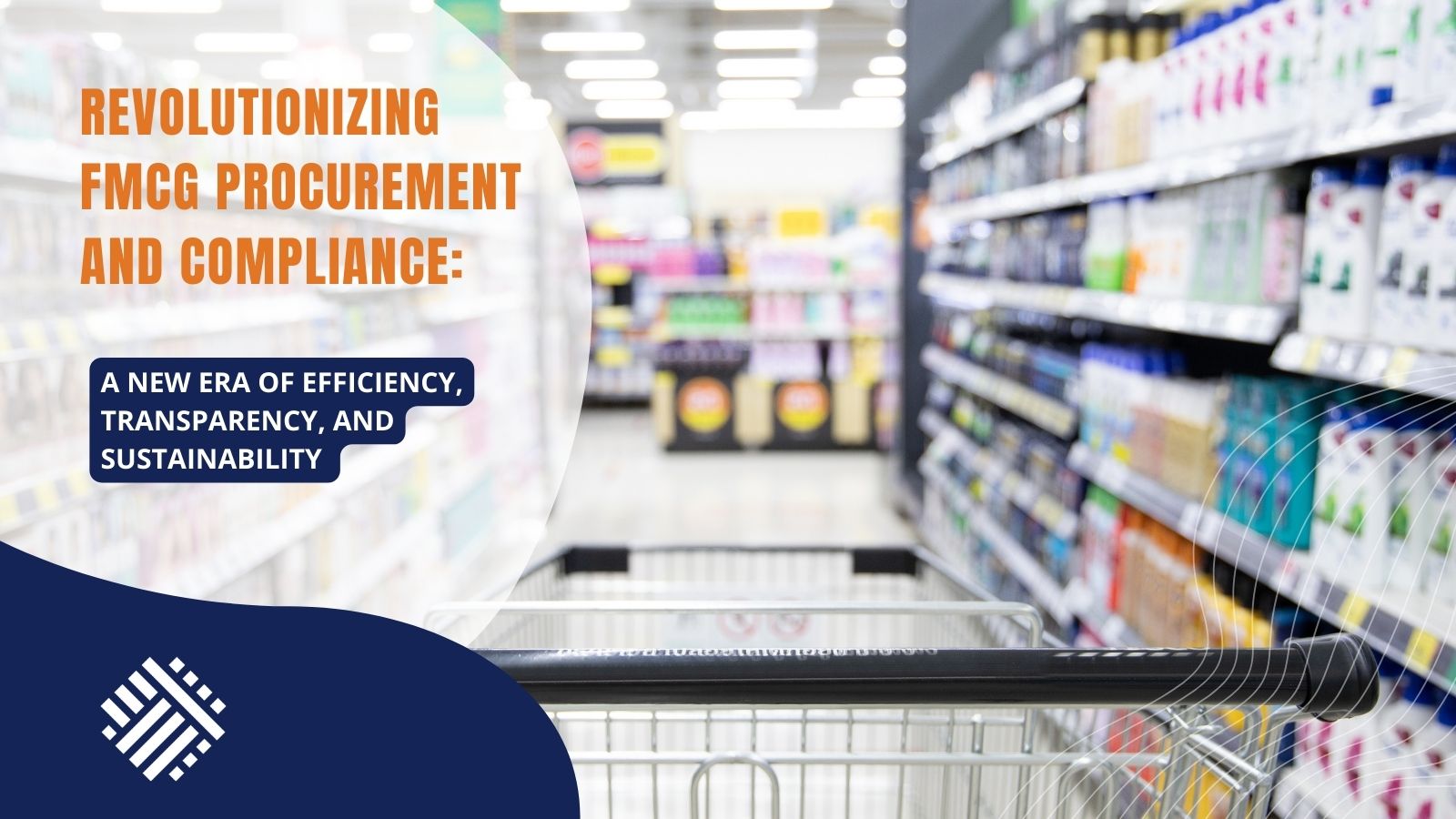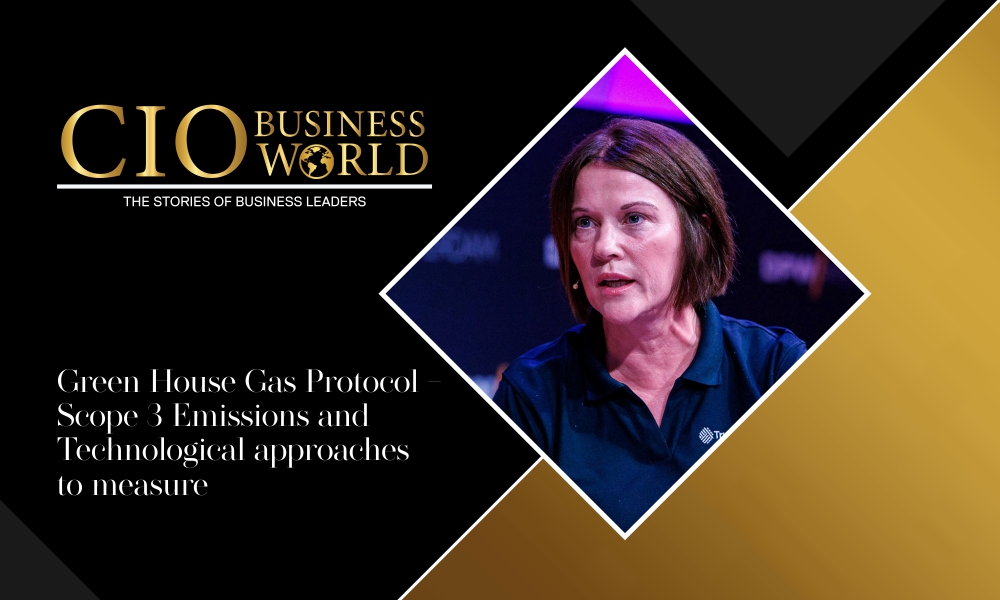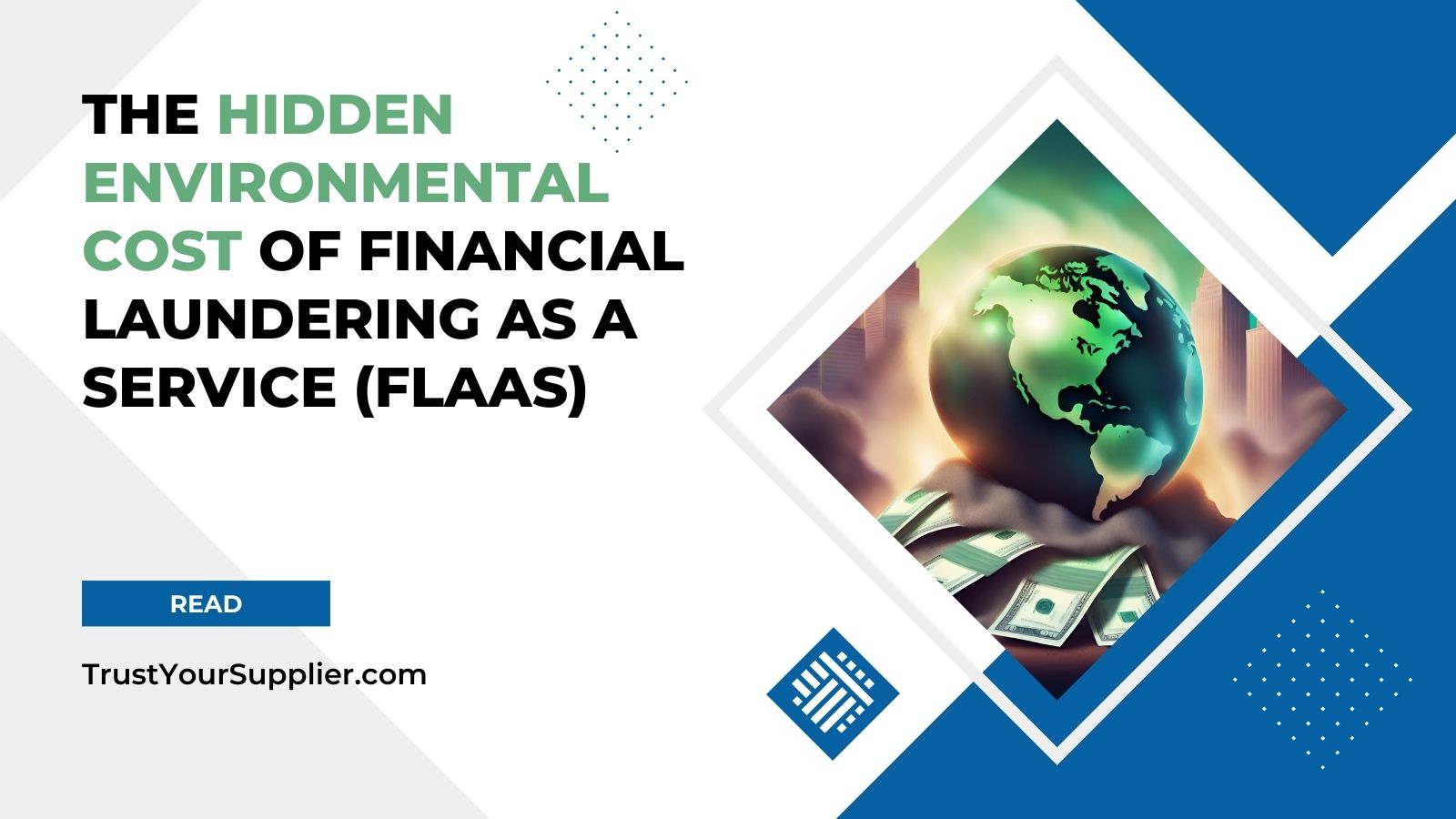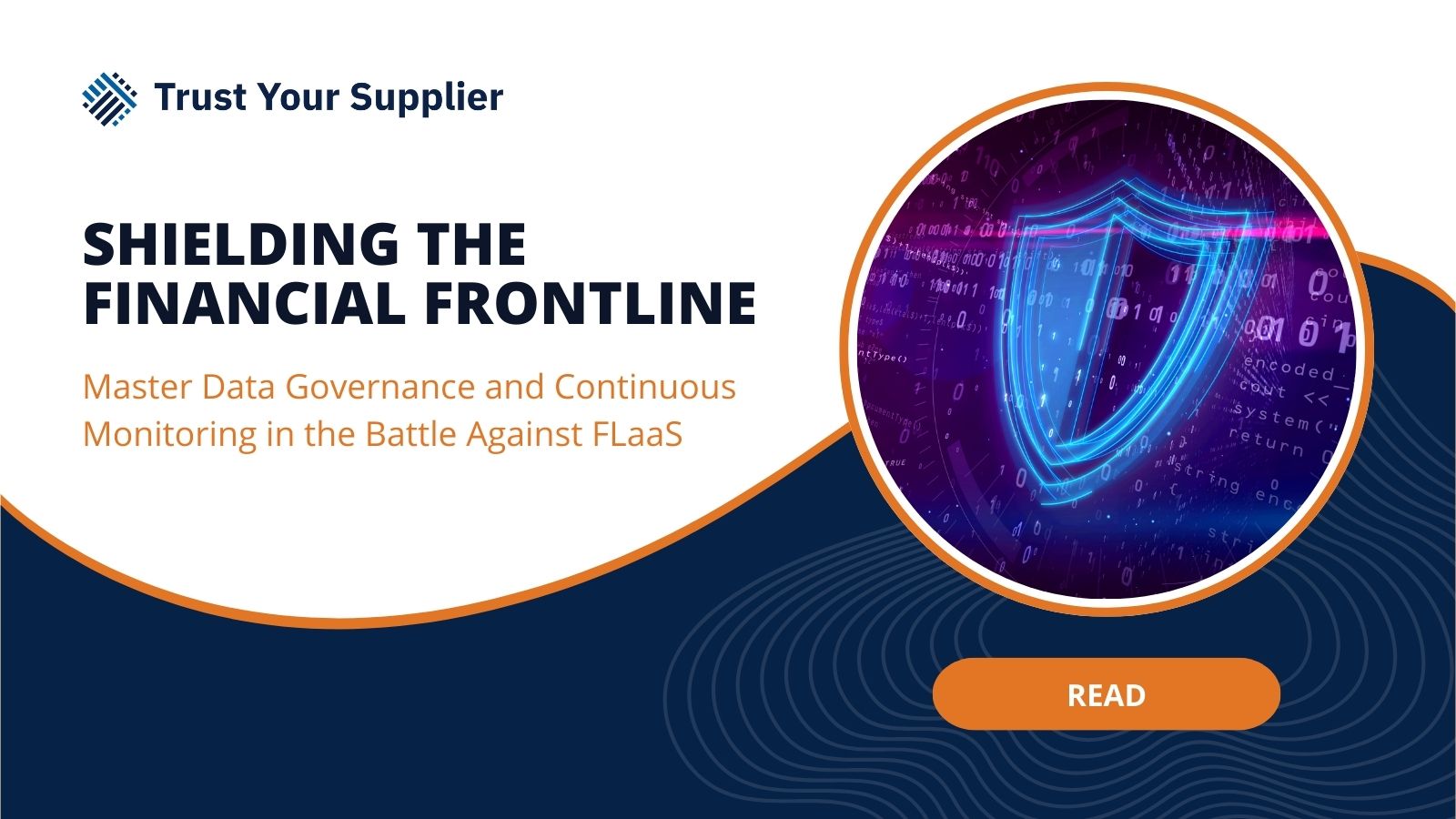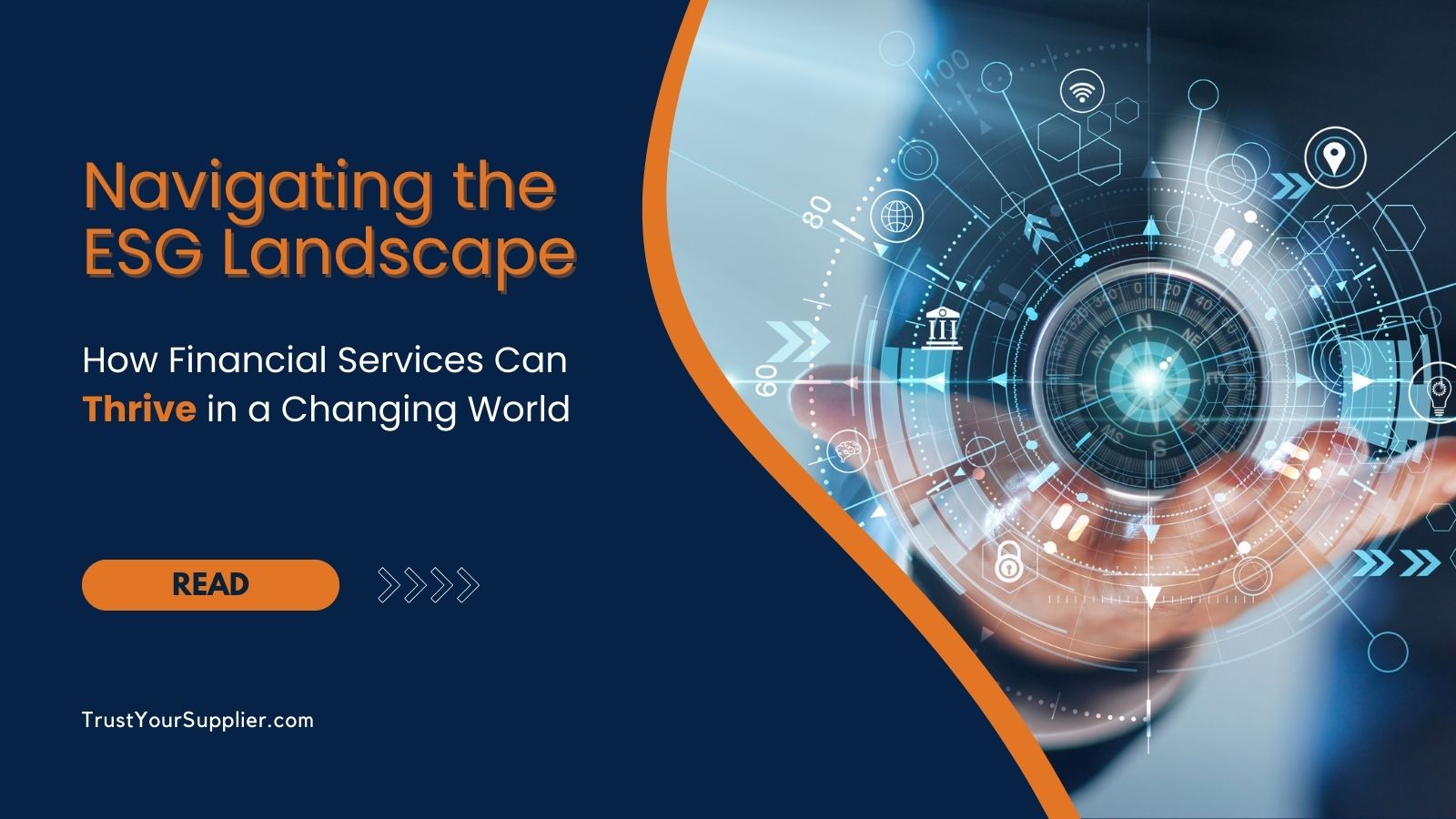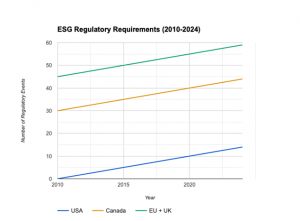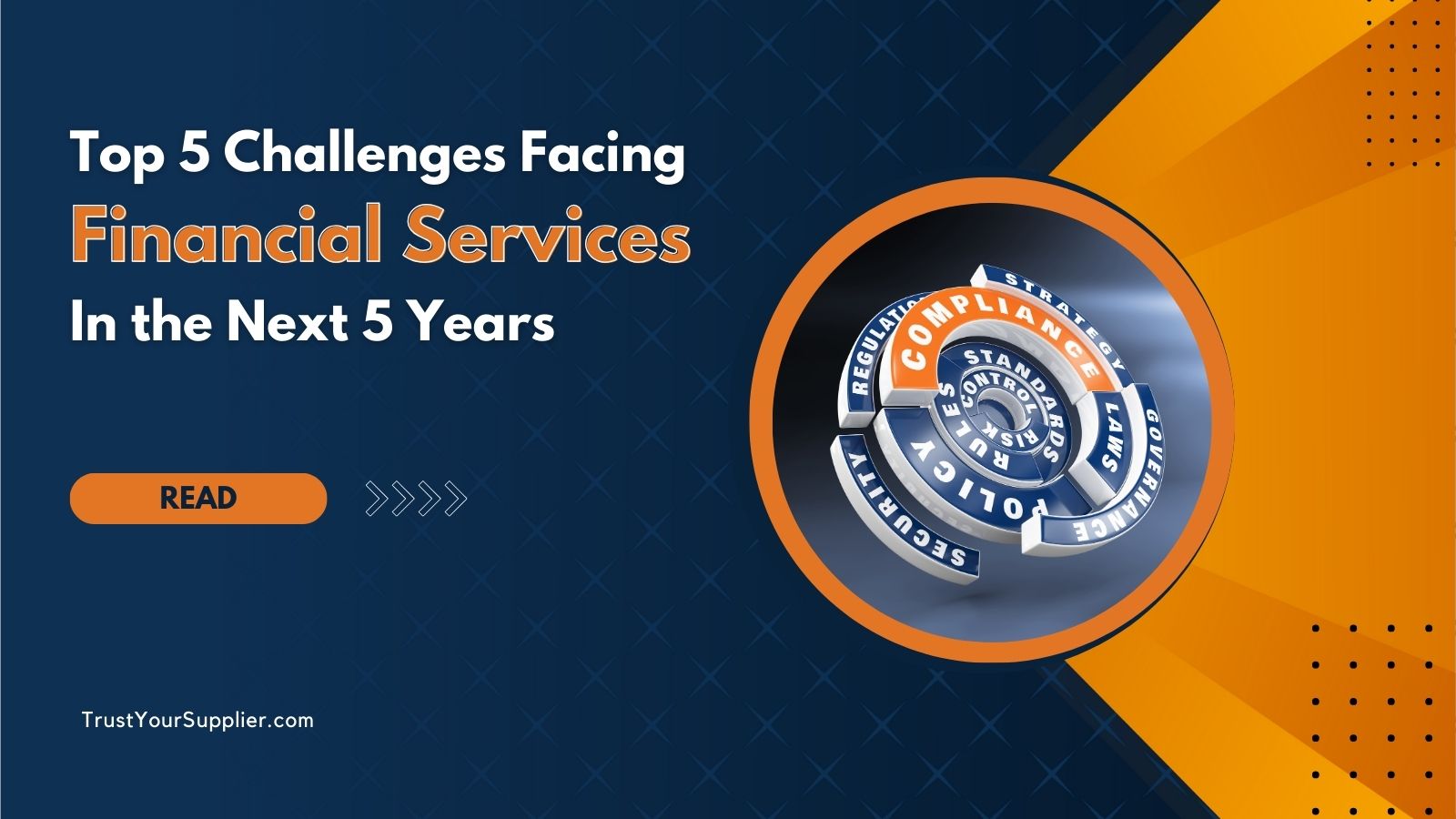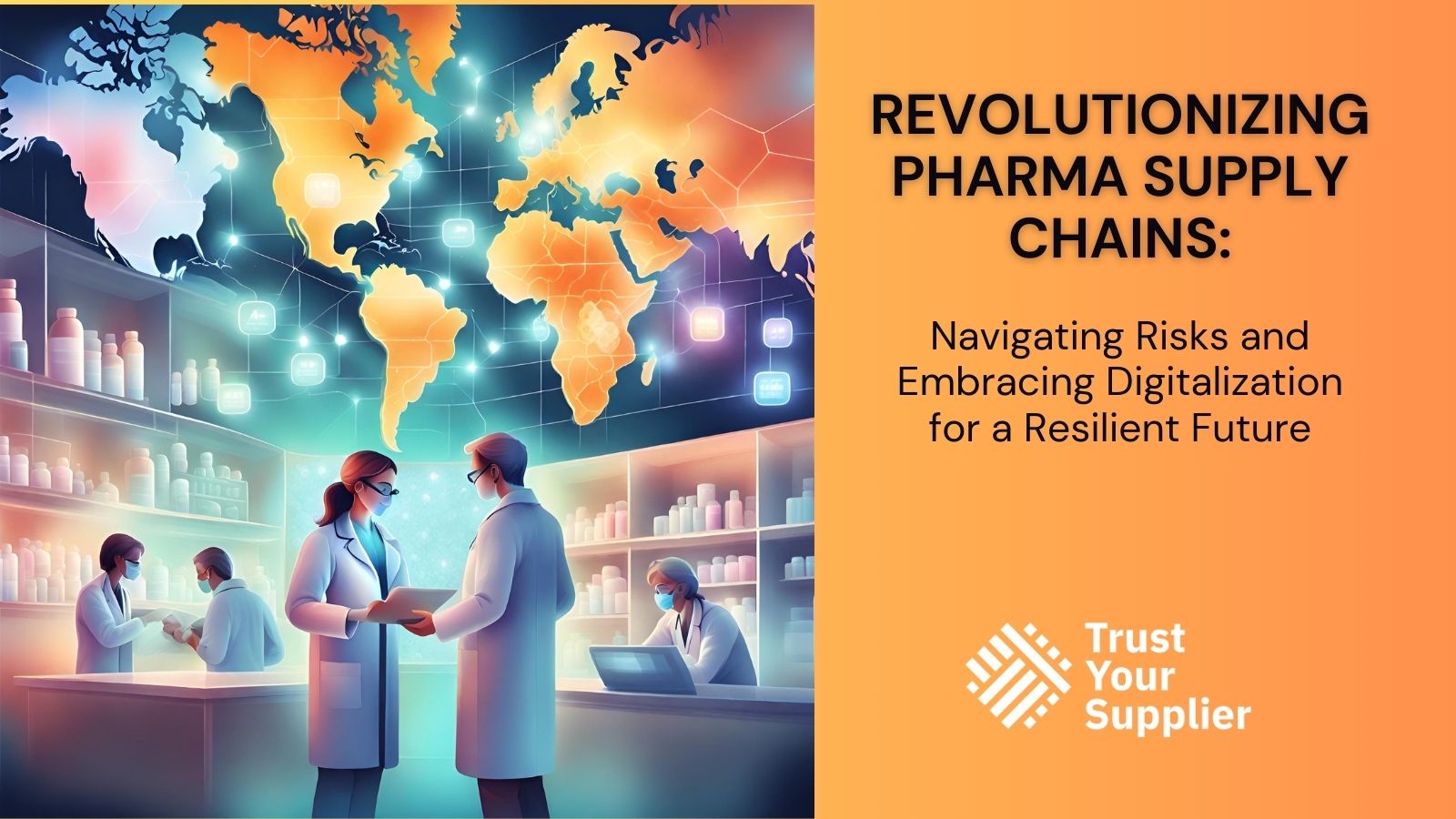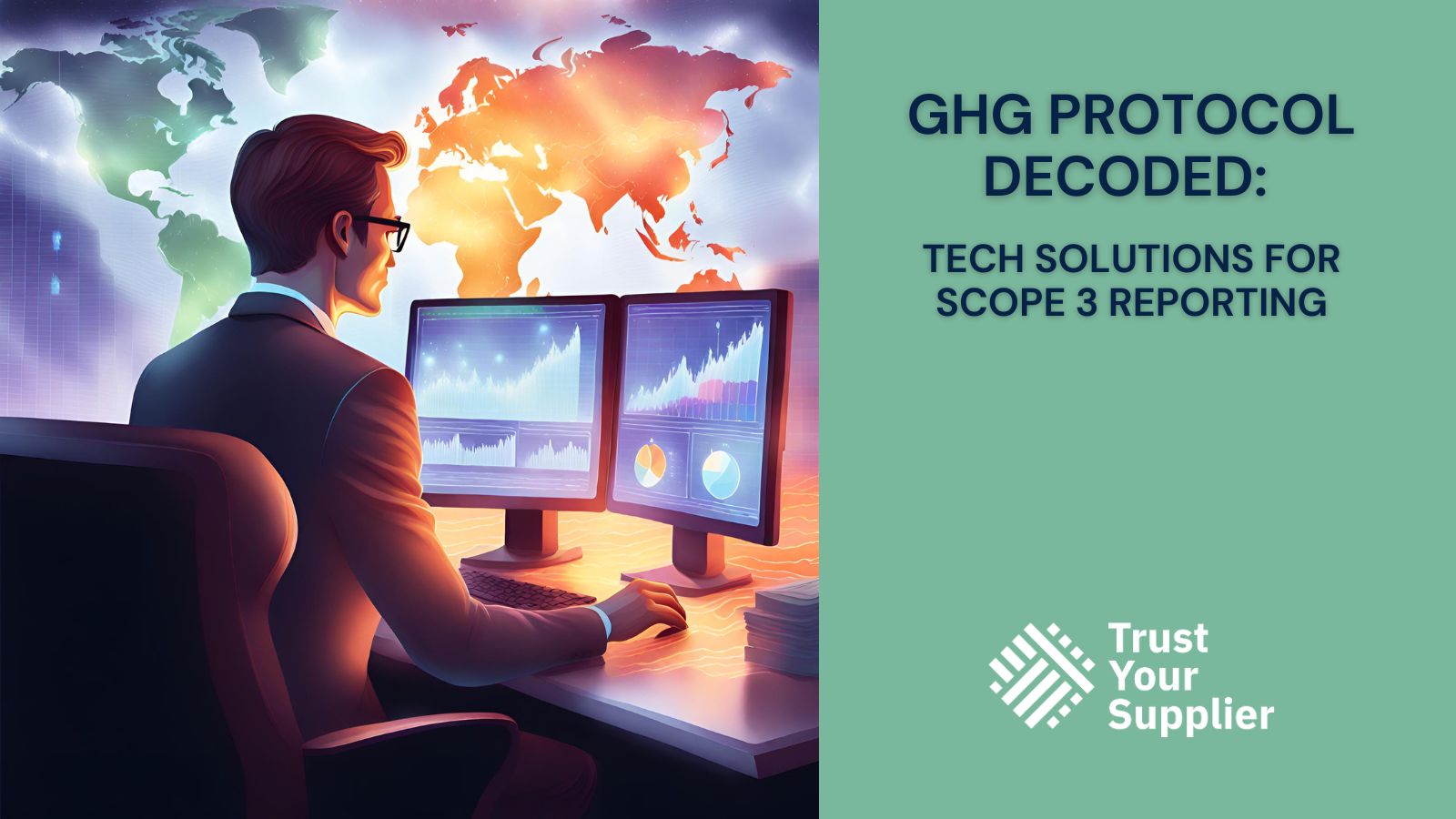by Michelle Armstrong, TYS Global VP of Value Solutions Consultant and Nick Picone, TYS VP of Advisory Practice
In today’s swiftly and sometimes frantically evolving financial landscape, the banking sector faces an array of complex regulatory challenges. From environmental sustainability and cybersecurity to operational resilience and financial integrity, banks must navigate a labyrinth of compliance issues critical to their success and sustainability. Amidst this dynamic environment, innovative solutions like Trust Your Supplier (TYS) are emerging as key enablers, offering banks an efficient and secure way to manage supplier due diligence and compliance.
This blog delves into the top five regulatory compliance issues facing banks in the next five years, highlighting how technologies such as TYS and strategic partnerships with entities like Moody’s, RapidRatings, EcoVadis, and Dun and Bradstreet can play a transformative role in meeting these challenges. We will explore the complexities of each regulatory area and how leveraging TYS can aid banks in complying with these evolving requirements and gaining a competitive edge in the banking industry.
- Climate Change and ESG (Environmental, Social, and Governance):
OCC and Global Regulatory Frameworks: The Office of the Comptroller of the Currency (OCC) in the United States, alongside global regulatory bodies, are increasingly focusing on how banks address climate-related financial risks. This includes the development of risk management frameworks that incorporate climate-related risks in their lending and investment practices.
ESG Compliance: ESG compliance involves adhering to standards and regulations related to environmental conservation, social responsibility, and governance ethics. Banks are expected to integrate ESG factors into their operational and strategic decisions. This includes aligning with the EU’s Taxonomy Regulation, which classifies sustainable activities, and adhering to the Sustainable Finance Disclosure Regulation (SFDR) for transparent ESG disclosures.
- Cybersecurity and Data Privacy:
EU’s DORA: The Digital Operational Resilience Act aims to consolidate and upgrade digital operational resilience requirements across the EU financial sector. For banks, this means ensuring their ICT (information communication technology) systems and tools are resilient against cyber threats. DORA also emphasizes the importance of robust risk management frameworks and regular testing of ICT systems.
Data Privacy Regulations: Banks need to comply with various data protection laws like the General Data Protection Regulation (GDPR) in the EU and the California Consumer Privacy Act (CCPA) in the United States. These regulations mandate stringent data handling practices and grant individuals greater control over their personal data.
- Artificial Intelligence and Fintech:
Regulatory Focus on AI and Fintech: Banks using AI and fintech solutions must ensure these technologies comply with existing and upcoming regulations. This includes addressing algorithmic bias, maintaining transparency in AI-driven decisions, and ensuring the security and privacy of customer data.
Sub-Contracting and Vendor Management: Under DORA, banks must manage the risks associated with outsourcing and sub-contracting technology services. This includes ensuring that third-party providers comply with the same operational resilience and data protection standards as the banks themselves.
- Operational Resilience and Business Continuity:
- DORA’s Emphasis on Operational Resilience: DORA requires financial entities, including banks, to establish and maintain effective and comprehensive strategies and processes to ensure operational resilience. This includes responding swiftly to, recovering from, and adapting to ICT-related disruptions.
- SOX and Financial Reporting Integrity: The Sarbanes-Oxley Act of 2002, a result of corporate scandals like Enron and WorldCom, focuses on enhancing the accuracy and reliability of corporate financial disclosures. Banks must ensure that their financial reporting processes are transparent and free from fraud, which is a part of maintaining operational resilience.
- Anti-Money Laundering and Combating Financial Crime:
Bank Secrecy Act (AML & CFT): The Bank Secrecy Act, along with Anti-Money Laundering (AML) and Counter Financing of Terrorism (CFT) laws, requires banks to monitor and report activities that might indicate money laundering or terrorist financing. This includes maintaining proper records of transactions, filing reports for suspicious activities, and implementing robust customer due diligence (CDD) measures.
Global AML/CFT Compliance: The regulatory landscape for AML and CFT is global, with banks needing to comply with international standards set by bodies like the Financial Action Task Force (FATF) and local regulations in their jurisdictions.
Cross-Cutting Themes and Compliance Strategies:
- Technology Investment: To comply with these diverse and complex regulations, banks must invest in advanced technologies like AI, machine learning, and blockchain for better risk management, transaction monitoring, and reporting.
- Training and Culture: Cultivating a culture of compliance within the organization is crucial. This involves regular employee training on compliance topics, ethical conduct, and awareness of the legal implications of non-compliance.
- Proactive Risk Management: Banks should adopt a proactive approach to risk management, continuously assessing and updating their compliance programs to adapt to new regulations and evolving risks.
- Stakeholder Engagement: Engaging with regulators, industry groups, and other stakeholders is vital for staying ahead of regulatory changes and understanding expectations.
- Audit and Assurance: Regular internal and external audits are necessary to ensure compliance with SOX, AML/CFT laws, and data privacy regulations.
Integration of Trust Your Supplier in Banking Industry Compliance
As banks navigate the complex regulatory compliance landscape, especially in areas like supplier due diligence, technologies like Trust Your Supplier (TYS) play a pivotal role. TYS, a blockchain-based platform, revolutionizes how banks manage and verify supplier information, ensuring compliance and enhancing operational efficiency.
Strategic Partnerships Enhancing Compliance and Due Diligence:
- Dun and Bradstreet: Utilizing Dun and Bradstreet’s vast database enhances banks’ ability to conduct thorough background checks, assess credit risk, and maintain compliance with AML and CFT regulations.
- EcoVadis: EcoVadis brings sustainability ratings into the mix, enabling banks to align with ESG compliance by evaluating their suppliers’ environmental and social impact.
- Moody’s: Collaboration with Moody’s provides banks access to critical credit ratings and risk assessments, which are integral for evaluating suppliers’ financial stability and risk profiles.
- Rapid Ratings: Partnering with Rapid Ratings allows banks to leverage financial health data, offering a comprehensive view of supplier risk, which is vital in assessing small and medium-sized enterprises.
Leveraging TYS for Enhanced Compliance:
Automated Compliance Questionnaires: TYS simplifies the compliance process by providing automated questionnaires tailored to banking industry standards, including SOX, GDPR, and DORA. This automation ensures thorough and consistent supplier vetting, which is crucial for regulatory adherence.
Blockchain Advantage: The blockchain foundation of TYS offers unparalleled transparency and security in supplier information management. This feature is particularly beneficial for complying with data privacy laws and mitigating cybersecurity risks.
Operational Resilience: By streamlining supplier information management, TYS directly contributes to the operational resilience of banks. It provides a robust framework to manage supply chain disruptions, a key aspect of business continuity planning under regulatory frameworks like DORA and OCC regulations.
TYS: A Tool for Proactive Compliance Strategy
Incorporating Trust Your Supplier into the banking industry’s compliance strategy offers a proactive approach to meeting regulatory demands. It not only assists in complying with current regulations but also positions banks to quickly adapt to future changes in the regulatory environment. The platform’s integration with strategic partners like Moody’s, Rapid Ratings, EcoVadis, and Dun and Bradstreet further enriches its capability to offer comprehensive, multi-dimensional supplier assessments. This integration is crucial for banks aiming to stay ahead in the compliance game, ensuring they are reactive and forward-thinking in their compliance and operational strategies.
In the ever-evolving regulatory landscape of the banking industry, platforms like Trust Your Supplier are not just tools but essential allies. They enable banks to manage supplier risks effectively, ensure compliance, and maintain operational resilience. As we continue to explore the detailed aspects of banking regulations in our upcoming posts, the role of innovative solutions like TYS in aiding compliance and enhancing due diligence processes will be a recurring theme.
Conclusion
Over the next week, we will dive deeper into these topics, unraveling the complexities and nuances of OCC regulations, DORA, the Bank Secrecy Act, data privacy laws, and SOX. We’ll examine how these regulations will shape banking practices’ operational, strategic, and ethical dimensions. Each post in this series will offer in-depth insights and practical guidance, helping banks and financial professionals navigate these challenges effectively. Stay tuned as we dissect these themes individually, providing a clearer understanding of what lies ahead in the dynamic world of banking regulation.

